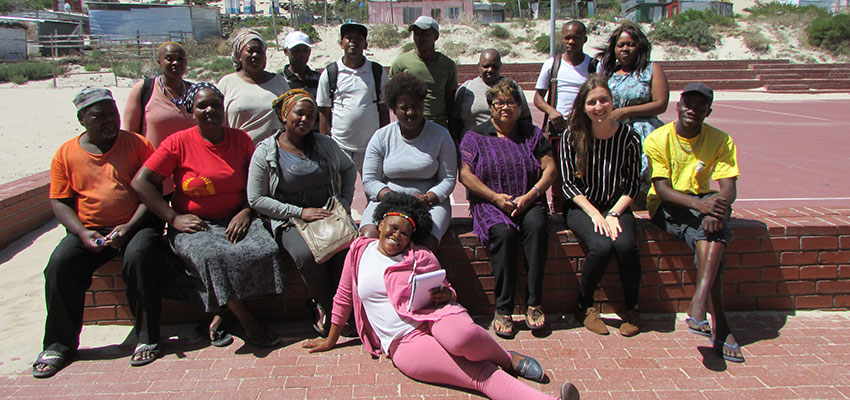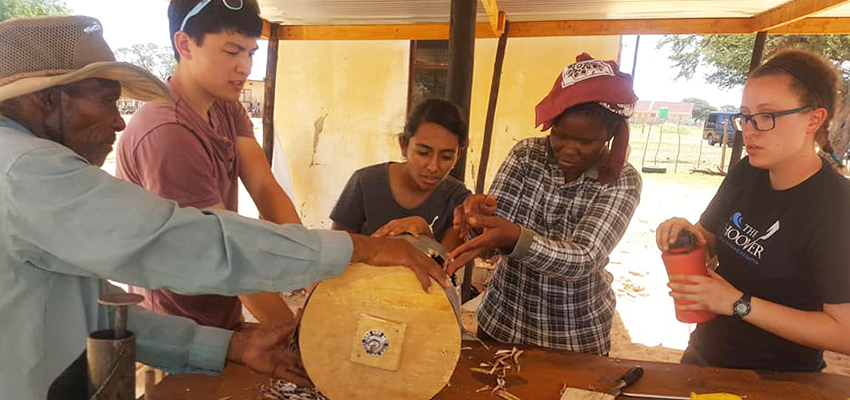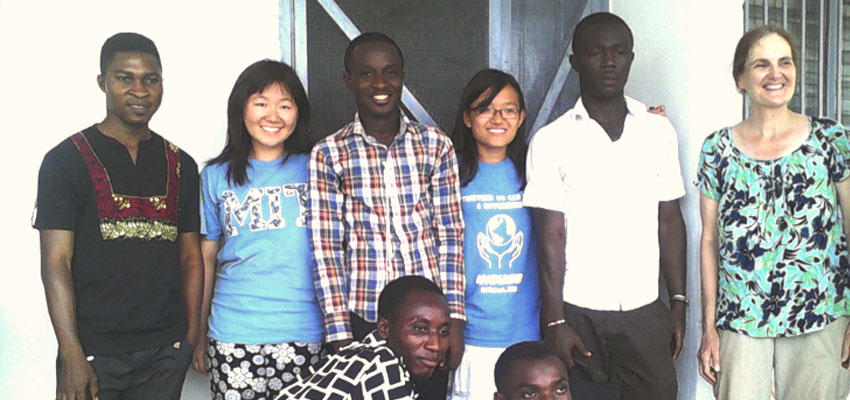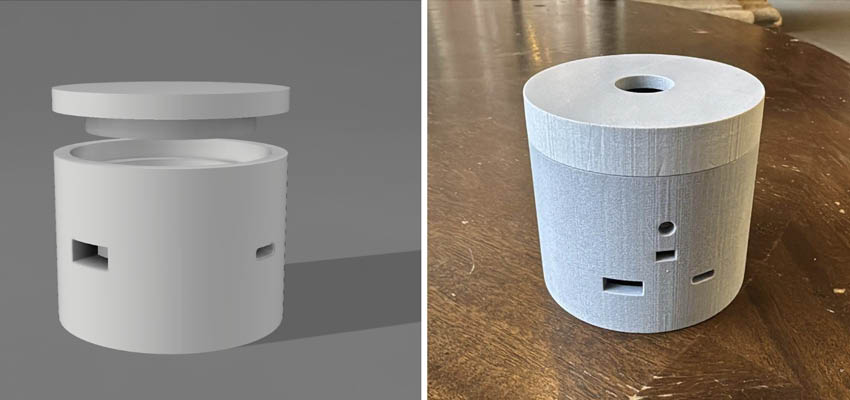
Solar-powered water bottle cap that can purify water with a UVC LED and charge electronics.
MIT D-Lab class
D-Lab: Water, Sanitation, and Hygiene (WASH)
Community partner
CLEO Institute for ESG-PKG Fellowship, working with Leon County Regional Lead Samantha Kaddis, CLEO Institute Website: https://cleoinstitute.org/
Country
United States and potentially global
Student team
MIT students unless otherwise noted.
- Sabrina Hu '25
- Ian Hueston '25
- Trent Lee '26
- Jinghan Wu, Harvard Graduate School of Design '25
Problem context
As stated by UNESCO, 2.2 billion people live without access to safely managed drinking water, and 3.5 billion lack access to safely managed sanitation [1]. In both developing and developed nations, water issues have risen from climate change, droughts, poor water infrastructure, and mismanagement [2]. Clean water can become insecure when natural disasters strike: Floods, tsunamis, hurricanes, and earthquakes can cause water to become infiltrated with chemicals, sewage, microbes, metals, and other contaminants [3]. Contaminated water can result in diseases such as cholera, guinea worm disease, typhoid, polio, and dysentery [4]. We designed a small-scale approach for natural disaster relief where individuals would have their own water purification device.
Product description
The water bottle cap features a 254 nm UVC LED, which radiates through the water to decimate the pathogens. The UVC radiation causes adjacent thymine bases in the DNA to form a covalent bond, a phenomenon known as thymine dimers [5]. The longer the exposure to the UVC light, the more thymine dimers that form. As a result, the DNA strand cannot be read and the cell dies or cannot replicate [6]. UVC light also has the ability to disable antibiotic-resistant microorganisms such as MRSA [7]. This project utilizes a single UVC LED with a wavelength of 254 nanometers. Ultraviolet germicidal irradiation targets pathogens using UVC light, the shortest ultraviolet wavelength and has been used for water purification since 1955 [6].

Goals
The goal of Solar Cap is to provide water purification for any person. It is especially useful for hikers, campers, travelers, military units, disaster victims, and individuals in rural areas and developing nations. Current common water disinfection solutions include chlorine (which pathogens can grow resistant to) and boiling (which might not be feasible). People can also buy bottled water during natural disasters, but this contributes to plastic bottle waste.
The following engineering goals ensure that the water bottle can be used by anyone regardless of situation or circumstance:
- Solar-powered — helpful when times of no or limited electricity
- Battery storage — water purification can still work when not in the sun
- Automatic power-off — UVC light is automatically turned off after water is sterilized
References
[1] Press Release | Water crises threaten world peace (report). (2024, March). Retrieved from United Nations website: https://www.un.org/sustainabledevelopment/blog/2024/03/un-world-water-development-report/
[2] McCallum, S. (2006, August 16). Water Crisis Hits Rich Countries. Retrieved from WWF website: https://wwf.panda.org/wwf_news/?77900/Report-Water-crisis-hits-rich-countries#:~:text=A%20new%20WWF%20report%20shows,to%20the%20world's%20water%20crisis.
[3] Water Quality Report. (2017, July). Retrieved from City of Hartsville website: https://www.hartsvillesc.gov/wp-content/uploads/2013/06/WaterQuality_Report_2017.pdf
[4] Water, health and ecosystems. (2010, December 6). Retrieved from World Health Organization website: https://www.who.int/heli/risks/water/water/en/
[5] Pinak, M. (2006). Enzymatic recognition of radiation-produced oxidative DNA lesion. Molecular dynamics approach. Retrieved from ScienceDirect website: https://www.sciencedirect.com/topics/chemistry/thymine-dimer
[6] Washio, S. (Ed.). (2018, January 28). UV Light: A New Tool for Disease Prevention. Retrieved from Princeton Public Health Review website: https://pphr.princeton.edu/2018/01/28/uv-light-a-new-tool-for-disease-prevention/
[7] Narrow Wavelength of UV Light Safely Kills Drug-Resistant Bacteria. (2016, June). Retried from Columbia University Irving Medial Center website: https://www.cuimc.columbia.edu/news/narrow-wavelength-uv-light-safely-kills-drug-resistant-bacteria-0#:~:text=NEW%20YORK%20(June%208%2C%202016,way%20to%20reduce%20surgical%20site
Contact



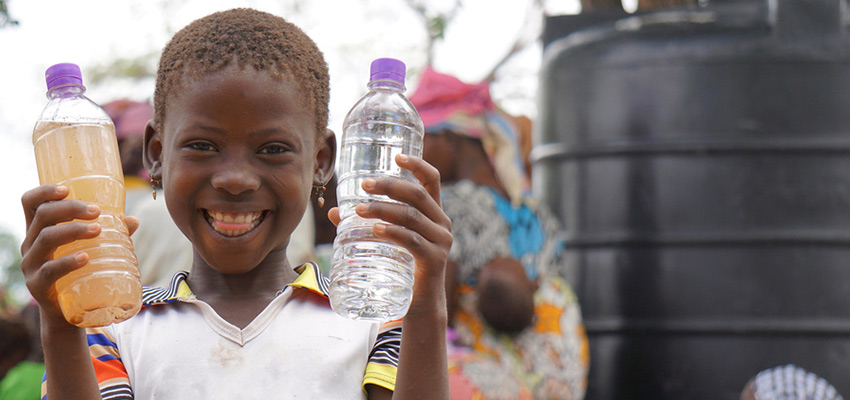
![More than 30 from MIT [including a D-Lab: WASH alumna and D-Lab Scale-Ups Fellow] named to Forbes 30 Under 30 lists](/sites/default/files/2018-12/Forbes%2030%20under%2030_0.jpg)
